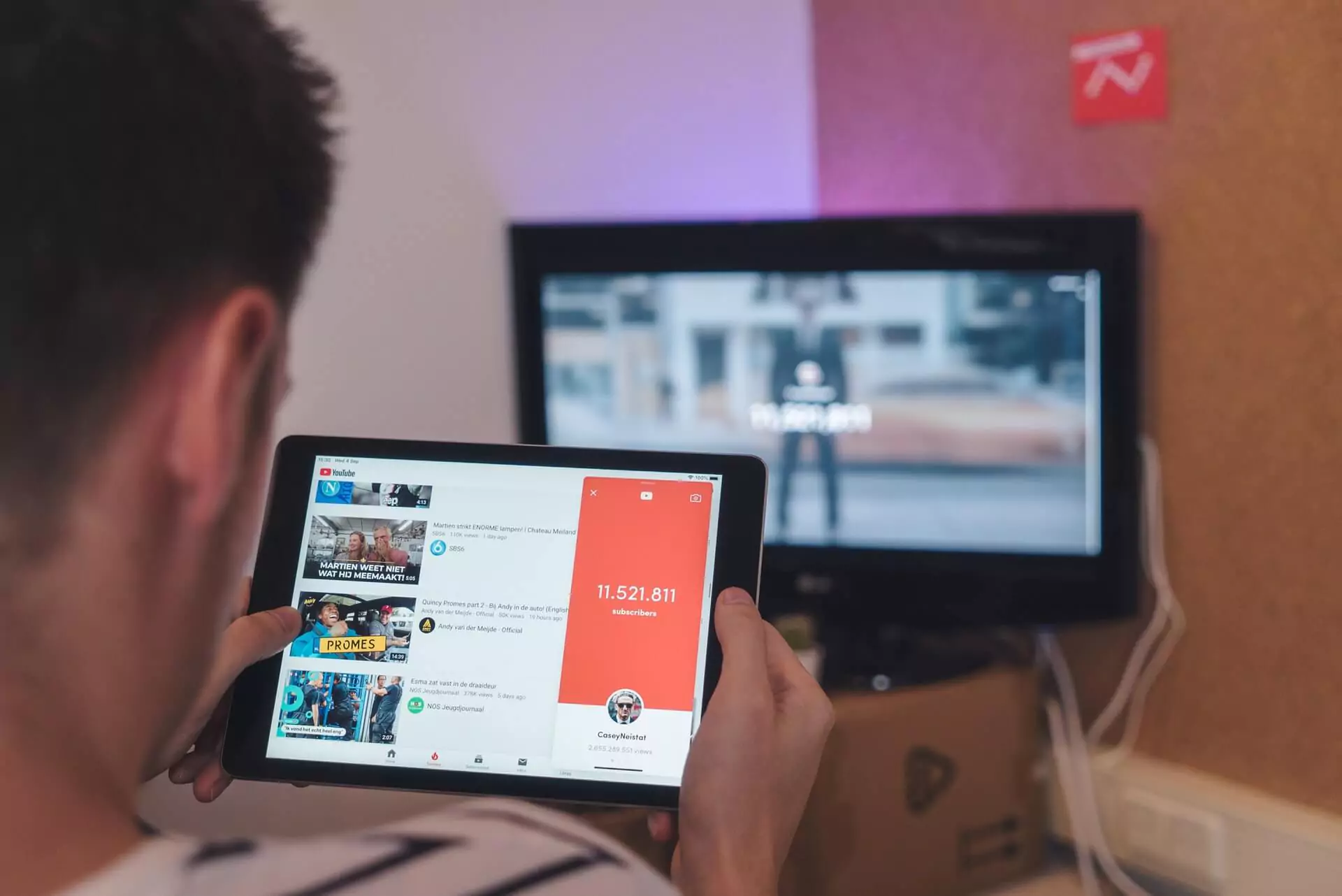Originally published March 10, 2017 , updated on May 11, 2024
How did Snapchat, YouTube, Airbnb, Instagram and WhatsApp piggy-backed acquisition of new customers?
These days, it seems like some tech companies go from zero to a million users overnight. The growth of these firms like Snapchat and YouTube can seem magical… but it’s not.
Did you know a small tweak within the platform can make all the difference between being a million or a billion $ company?
This the ‘piggy-back’ growth hack to gain users, We call this the ‘piggy-back’ hack, as these platforms rode on someone’s shoulders to grow their user base.
4. YouTube’s Embed Code Piggy-Back Hack

Back in 2005 – 2006 YouTube chose to focus on MySpace as a means of reaching its target audience. At the time, in 2005, with nearly 25 million unique users, MySpace was the top social network, particularly for bands and their fans, but sharing videos on the site was next to impossible.
Other video sites like YouTube had avoided allowing blogs and other sites to embed videos on their sites. To avoid paying substantial hosting costs associated with supporting traffic to other people’s sites. Instead, YouTube shouldered the cost in exchange for a huge boost in brand recognition and grew average users to nearly 20 million visitors per month. That initial traction helped it grow into the powerhouse it is today, with over a billion users.
3. Instagram’s Cross-Posting to Multi-Platform
Launched in October 2010 it quickly became a fast, beautiful and fun way to share life with friends and family through a series of pictures, beautified using filters. Instagram took the platform piggy-back hack to another level. They made it quick and easy for users to cross-post to Facebook, Twitter, Tumblr, Foursquare, and more by push of a button.
This was undeniably good for users who struggled to post mobile photos to Facebook in those early days. But it was also good for Instagram, whose distinct-looking photos started popping up across various social platforms, serving as a free advertisement for the app.
2. Airbnb’s Craigslist Cross-Posting
Yet another example of a platform hack is a simple yet brilliant tool within Airbnb. It allowed users listing their properties on the app to cross-post them to Craigslist in one click. They asked the user to post their home that they wanted to rent out by filling a pre-filled form. It made it simple for the user to cross post their listing to Craigslist. (Image: https://www.quora.com/How-did-Airbnb-avoid-liability-when-they-implemented-their-growth-hack-with-craigslist-1)
Taking advantage of Craigslist’s well-established user base not allowed Airbnb to get its name in front of as many new users as possible. It also helped to ensure that the properties they listed for rent were booked more often. This action made listing with them more lucrative for users.
1. Snapchat’s Snapcode Piggy-Back Hack

Snapchat launched Snapcodes in early 2015 after they purchased a QR code company called Scan.me. While brands and marketers attempted to make QR codes hip for years, it was Snapchat that ultimately turned them into influencer currency. Snapchatters could then easily add friends by taking a snap of their profile picture.
Also, By changing a Twitter profile picture to a Snaptag, users were able to encourage their Twitter following to add them on the new instant messaging platform.
Post Views: 126



















